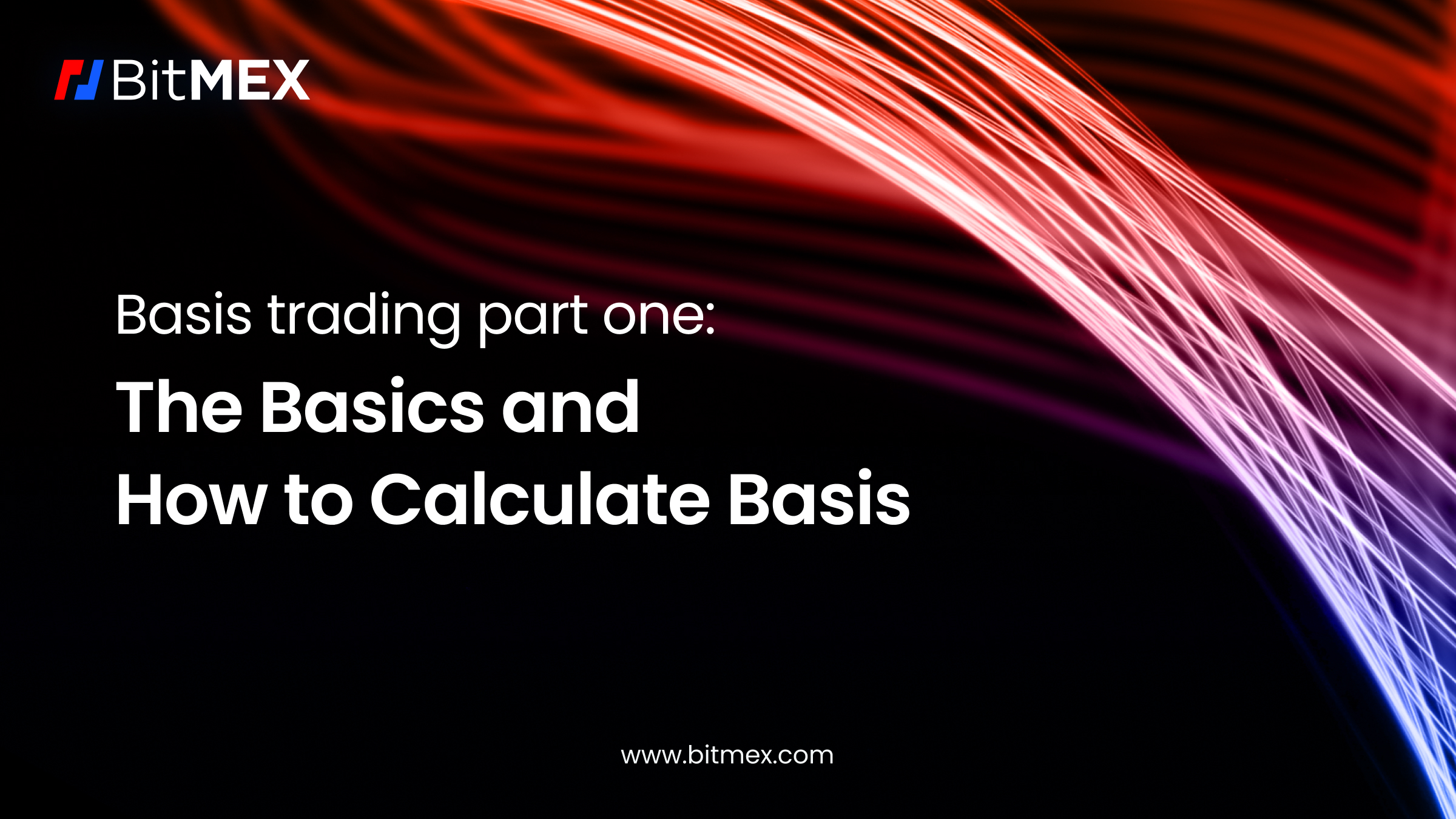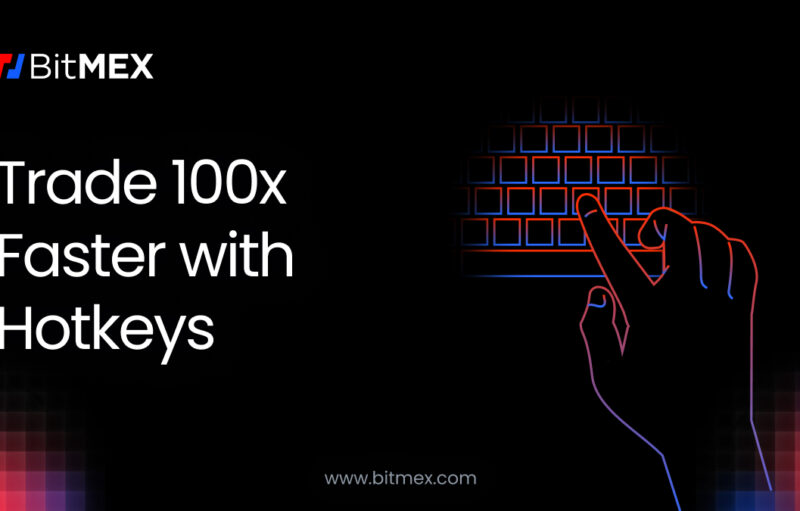
This article is the first part to a series which will cover what basis trading is in crypto, and explore how it presents an alternative, more advanced trading strategy whereby traders can profit from the interest rate differentials in futures contracts of the same underlying asset, but with different maturities.
The Time Value of Money
Before diving into basis trading in crypto, it is necessary to understand the time value of money. When the interest rate is positive, money today is worth more than money in the future.
The Future Value of Money
Jack borrows $100 USD from the bank for one year, at an interest rate of 10%. This means a year later, Jack will owe the bank $110 USD. This is how to calculate the future value of money:
FV = P * (1 + r) = $100 * (1.1) = $110
FV = Future Value
P = Principal
r = Annualised Interest Rate
The Present Value of Money
As an example, Jack’s friend Karen said she would give him $100 USD in one year’s time. What is that amount worth today, assuming the interest rate is 10% per annum?
If Jack had the $100 today, he could earn $10 by loaning it out. $100 of future dollars is worth $90.90 today. This is how to calculate the present value of money:
PV = Present Value
P = Principal
r = Annualised Interest Rate
PV = P / (1 + r) = $100 / (1.1) = $90.90
In most university finance classes, they teach courses using continuously compounded interest payments as examples. However, in the real world, interest gets paid once per day – also known as simple interest. Traders must use simple interest.
Continuously Compounding Interest
FV = Future Value
P = Principal
e = Base of Natural Logarithm, approximately 2.78128
r = Annualised Interest Rate
t = Time in Years
FV = P * e^(r * t)
Simple Interest
FV = Future Value
P = Principal
r = Annualised Interest Rate
t = Time in Years
FV = P * (1 + r * t)
All of the above will now be put in context with a futures contract on apples.
Say Alex wishes to buy one apple in a year’s time. The future price of an apple is $110 USD, and the cost to buy an apple today is $100. Note that when you purchase a futures contract, you are essentially borrowing capital to purchase an asset today, that you will receive in the future.
FV = $110
PV = $100
t = 1
r = (FV / PV – 1) / t = ($110 / $100 – 1) / 1 = 10%
If Alex borrowed $110 at 10% for one year and bought an apple today, it would be the same as if he had bought an apple futures contract that is delivered in one year at $110.
Calculating Basis in BitMEX XBT Futures Contracts
The above examples can also be extended to BitMEX’s XBT futures contracts.
Basis (B) = Future Price (F) – Spot Price (S)
The above formula expresses Basis as a nominal value. For example, if Futures Price = $250 and Spot Price = $230, then Basis = $20.
Basis trading is all about comparing futures contracts with different maturities. To compare maturities, basis is converted into an annual percentage difference.
Here is an example that shows how to convert basis into a percentage difference.
Let’s say the current date is 1 January 2023.
XBTH23 March 2023 has 90 days until expiry, or 0.25 years.
F = $30,250
S = $30,230
t = 0.25 years
B = ($30,250 / $30,230 – 1) / 0.25 = 0.26% annualised
XBTM23 June 2023 has 180 days until expiry, or 0.5 years.
F = $30,275
S = $30,230
t = 0.5 years
B = ($275 / $230 – 1) / 0.5 =0.29% annualised
XBTH23 is more expensive than XBTM23. This is because the annualised basis is higher. When evaluating the cost of crypto futures contracts, calculate the annualised basis, and then compare.
Part two of this series will cover basis term structures, and how to trade it.
For more educational resources on trading at BitMEX, we invite you to head here for our growing portal of educational guides that cover trading, and the wider cryptocurrency ecosystem.
To be the first to know about our new listings, product launches, giveaways and more, we invite you to join one of our online communities and connect with other traders. For the absolute latest, you can also follow us on Twitter, or read our blog and site announcements.
Related
The post appeared first on Blog BitMex






